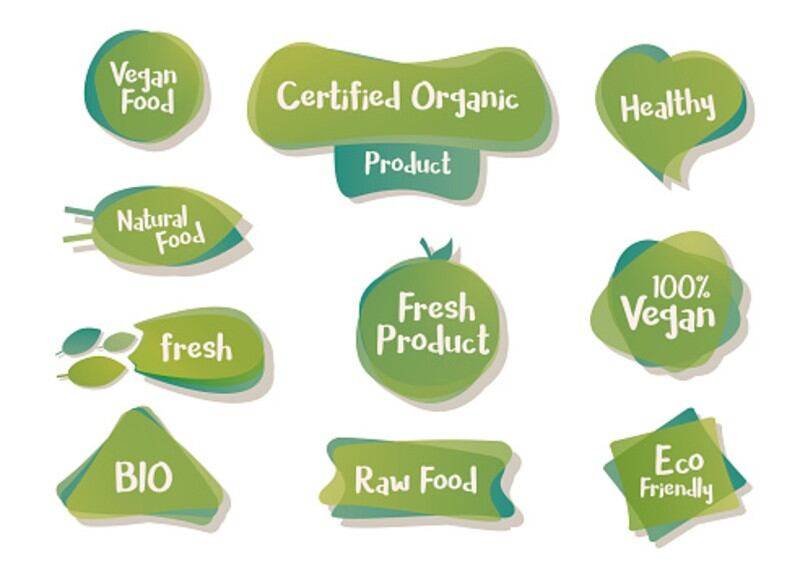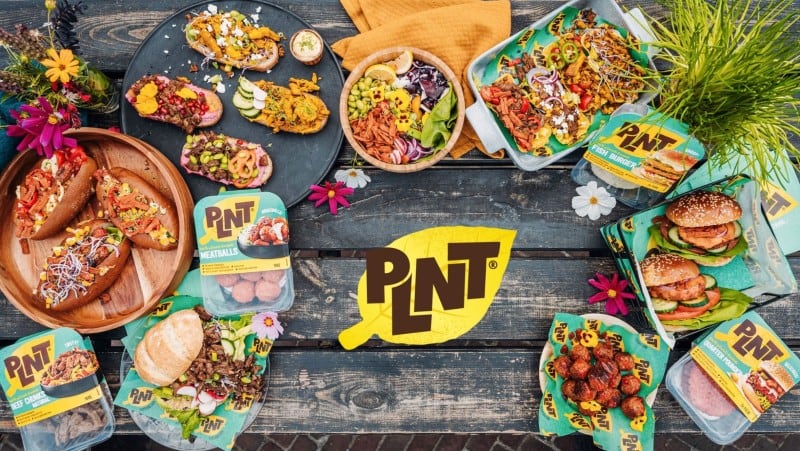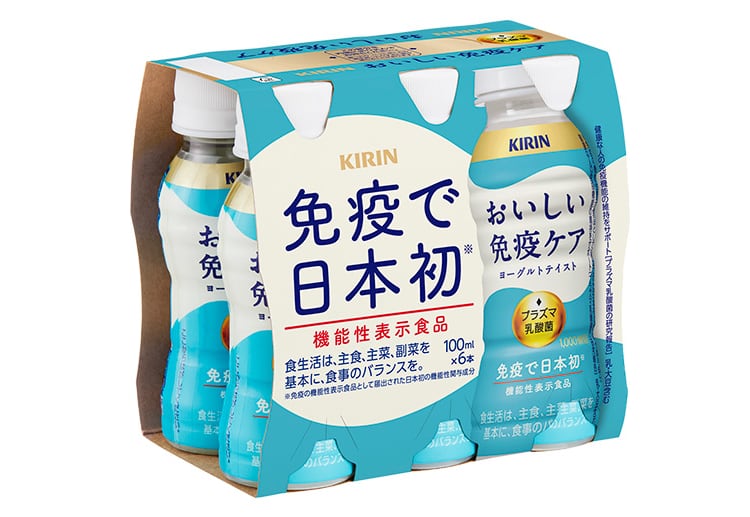Guilt-free luxury: Consumer pursuit for healthy indulgence in the Middle East fuelling demand for clean label
Middle Eastern consumers’ rising interest in foods and beverages that are healthy and indulgent, yet still easy to recognise, have led to increased demands for brands to focus on clean label ingredient lists, according to Olam Food Ingredients (ofi).
It is well-known that the Middle Eastern region is emerging as one of the fastest-growing consumer markets due to rising incomes and population demographic changes.
In parallel with this has been the growth of health consciousness amongst consumers due to the impacts of the COVID-19 pandemic. This has culminated in many consumers in this region now looking for products that are able to provide them with the luxurious, indulgence experience they seek – yet are also satisfactory on the health and nutrition fronts, and to have the assurance of being able to ascertain this for themselves.
Overcoming kids' veggie aversion: Taste and health the key combo to drive uptake of healthy snacks and improve diets
Children are the ‘toughest food critics’ meaning that healthy snack firms have to pay equal attention to taste and nutrition if they are going to attract mass appeal and help improve the diets of young people.
That is the view of Singapore healthy snacking firm Hey! Chips which has highlighted the crucial combination of taste and health in fruit and vegetable snacks to both attract the interest of parents and simultaneously garner the favour of children.
Medium GI rice intake reduces insulin therapy in women with gestational diabetes – Thailand study
The intake of rice with a medium glycemic index (GI) has shown to reduce the need for insulin therapy among women with gestational diabetes, according to a four-week clinical trial conducted in Thailand.
Writing in Clinical Therapeutics, researchers from Thammasat University Hospital compared the effects of consuming rice with a medium GI of 56.9 and high GI of 80.1.
Low GI foods have GI levels of less than 55, while medium GI is between 55 and 70, and anything greater than 70 is considered high GI.
Efficacy booster: Korean red ginseng found to improve and maintain antibody-mediated responses after COVID-19 vaccination – new study
Korean red ginseng could raise post-vaccine antibody formation rate, particularly in people aged above 50, underlining its potential as an adjuvant for greater COVID-19 vaccine efficacy, says researchers.
Vaccinations have been considered the best way to keep the COVID-19 pandemic under control, with booster doses subsequently approved to enhance protection.
However, recent studies have indicated that the effectiveness of these vaccines tends to decline over time, and even booster vaccination starts to wane after five to nine weeks. Meanwhile, there has been growing interest in natural immunomodulators that bolster one’s immunity and support the resilience of an infected individual.
Healthier but scarier: Over half of Chinese consumers doubtful about safety of sweeteners– national survey
Over half of all Chinese consumer still harbour doubts over the safety of both natural and artificial sweeteners on a regular basis, according to a recent nationwide survey.
This survey was conducted by the China Food Information Centre, a non-governmental organisation with a food safety and nutrition focus and its board comprises experts well-known for having a strong say when it comes to local policy design and implementation.
Some 5,112 consumers across 32 provinces in China were surveyed as part of this study, which was conducted via online questionnaires.
One of the survey’s most striking findings was that even though there are currently a plethora of government-approved sugar replacers and sweeteners in the country, a good 50% of all surveyed participants are still unconvinced about the safety of these ingredients.





